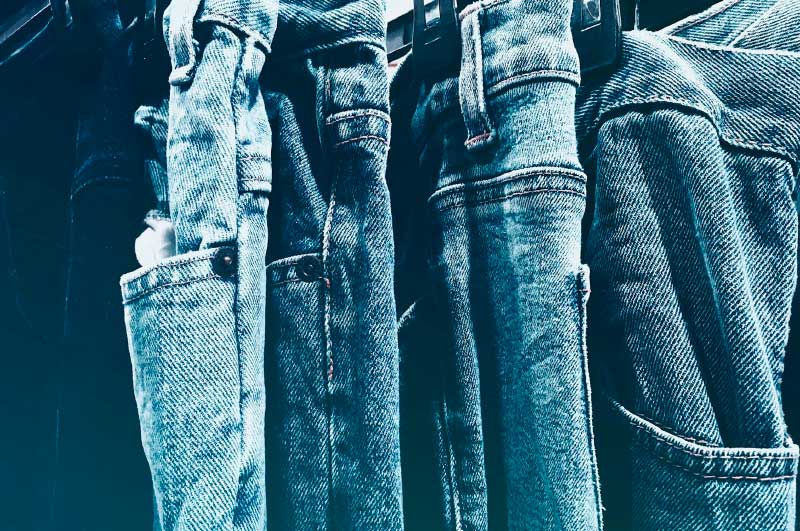
Denim, a fabric that has become synonymous with fashion, practicality, and durability, has a rich and storied history. Today, it’s hard to imagine a world without jeans or denim jackets, but this iconic material has come a long way since its humble beginnings.
In this blog post, we’ll take you on a journey through the history and evolution of denim, from its origins in the 16th century to the ever-changing styles and trends we see today.
The Origins Of Denim: 16th-Century Europe
As explained by Temu, the story of denim begins in 16th-century Europe, specifically in France and Italy. The word “denim” itself is derived from “de Nîmes,” referring to the French city of Nîmes where the fabric was first produced.
The fabric was also made in Genoa, Italy, where it was known as “jean” or “jeane.” Initially, denim was a sturdy, durable fabric used for workwear and sails.
Denim Crosses The Atlantic: 19th-Century America
In the 19th century, denim found its way to the United States, where it was quickly adopted for its durability and practicality. Gold miners, railroad workers, and farmers all found denim to be an excellent material for work clothes.
In 1873, Jacob W. Davis and Levi Strauss patented the process of using copper rivets to reinforce the stress points on denim pants, creating the first pair of what we now know as blue jeans.
Denim In The 20th Century: The Rise Of Jeans
As the 20th century progressed, denim became increasingly popular, evolving from workwear to everyday wear. Hollywood played a significant role in this transformation, with actors like James Dean and Marlon Brando popularizing jeans in the 1950s.
Jeans became a symbol of youth rebellion, and soon, people of all ages were embracing denim as a casual, fashionable choice.
The 1970s: The Era Of Denim Experimentation
The 1970s marked a period of significant experimentation and diversification in denim styles. Bell-bottoms, flares, and high-waisted jeans all became popular during this time.
Denim skirts, jackets, and vests also gained traction, as the fabric became more versatile and adaptable to various fashion trends.
The 1980s: The Rise Of Designer Denim
In the 1980s, designer jeans emerged as a status symbol. Brands like Calvin Klein, Guess, and Jordache put their stamp on the denim market, with high price tags and distinctive styles.
This era also saw the rise of stone-washing, a technique that softened and faded denim to create a worn, vintage look.
The 1990s: Denim Diversifies
The 1990s brought even more variety to the world of denim. From grunge-inspired distressed jeans to the infamous “mom jeans,” denim took on a more casual, relaxed vibe.
This decade also saw the introduction of stretch denim, a more comfortable and form-fitting option that revolutionized the way jeans fit and felt.
The 21st Century: The Reign Of Skinny Jeans And Beyond
In the early 2000s, skinny jeans emerged as the dominant denim style. Slim-fitting and versatile, skinny jeans became a staple in wardrobes around the world.
However, recent years have seen a resurgence of vintage styles, including wide-leg, boot-cut, and straight-leg jeans. Customization and sustainability have also become key factors in the denim market with consumers seeking unique pieces and brands prioritizing environmentally friendly production methods.
The Future Of Denim: Innovation And Sustainability
The future of denim looks promising, with a focus on innovation and sustainability. New technologies, such as laser treatments and waterless dyeing methods, are being developed to reduce the environmental impact of denim production.
Additionally, there’s a growing interest in using recycled and upcycled materials to create new denim garments. As the world becomes more conscious of the environmental impact of fashion, the denim industry is poised to adapt and evolve.
Conclusion
The history and evolution of denim serve as a testament to the fabric’s versatility, durability, and timeless appeal. From its origins in 16th-century Europe to its current status as a wardrobe staple, denim has proven its ability to adapt and evolve with changing trends and societal needs. As we look to the future, it’s clear that innovation and sustainability will drive the next chapter in denim’s storied history, ensuring that it remains a beloved and enduring part of our culture for generations to come.



